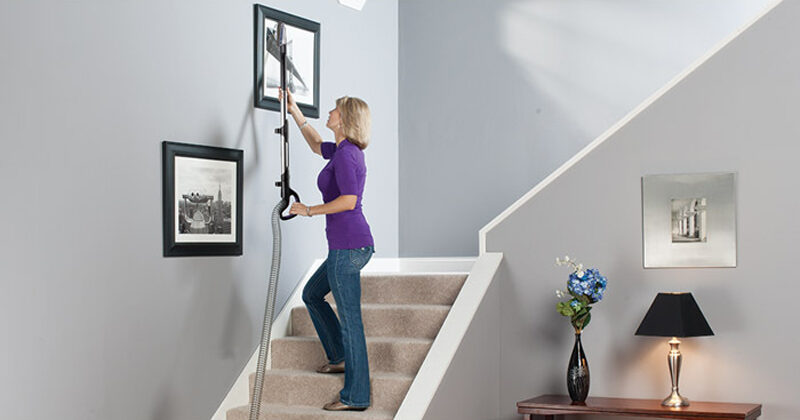Managing Allergies and Asthma in the Home

Allergies and Asthma Management in the Home
What can be done to control allergies and asthma in your home? What exactly is asthma anyway? Asthma is a chronic disease that makes it difficult for you to move air in and out of your lungs. This disease can be scary because left untreated, and it can be life-threatening. Most doctors recommend patients take certain medications to manage their allergies and asthma. However, environmental and behavioral precautions also play a key role in reducing the triggers of these symptoms.
But can asthma and allergies go hand-in-hand? Yes, and according to the Mayo Clinic, “Allergies and asthma often occur together.” Allergies are an immune system response to a host of triggers, known as allergens. A few of these triggers are: foods, grasses, certain types of insects, like dust mites and bed bugs, pet dander, cockroaches, and more. The immune response can take many forms, including skin rashes and severe rhinitis (hay fever).
While patients aren’t always in control of allergy triggers in school or work environments, it’s important for them to create an allergy-free or reduced allergen environment at home.
Fighting Allergies and Asthma–In Your Home
There are many ways to treat asthma, but due to the chronic nature of this disease, its severity, and its many known triggers, it’s best for patients to create environments that are asthma and allergy-friendly (i.e. low allergen). Here are a few quick investments and changes you can make in order to make your home less of an allergy and asthma threat.
Bedding to Reduce the Symptoms of Allergies and Asthma
The bedroom is ground zero for allergens, especially those that thrive in warmer, more humid environments. One of your first investments should be purchasing encasements for your bedding. These encasements will serve as high-performance barriers to prevent allergens like dust mites and bed bugs from entering and constantly triggering your asthma. In addition to serving as barriers, premium encasements also wick moisture and body heat away from your bedding, reducing heat and humidity.
You should also routinely wash your bedding and encasements in temperatures no less than 130 degrees Fahrenheit.
Surfaces
The more you clean your household surfaces, the better, concerning allergy-induced asthma. Set a goal for cleaning your home weekly, focusing on all surfaces, from countertops and tabletops and flooring. With smooth surfaces, wipe down or mop with warm water. With carpet fibers and upholstery, it’s important to vacuum with an allergy and asthma friendly machine (such as those featuring HEPA filters).
Pets
Many people fail to realize that pet dander from their beloved dogs and cats can trigger a host of allergic reactions, including the worsening of asthma symptoms. If you have pets, you’ll need to manage their dander and your exposure to it. That means you shouldn’t let them sleep on your bed, and you should probably keep them out of your bedroom entirely.
You should also wash their bedding and stuffed toys–natural collection spots for allergens– and regularly brush and bathe your pets.
Air
To minimize allergy-induced asthma in your home, you’ll need to manage your air quality. Air purification systems are easy to install and use. You’ll need to select air purifiers based on the size of your room (small for rooms up to 150 feet; medium for 200-400 square feet, and larger devices for open floor plans. Like their vacuum cleaner counterparts, some air purifiers are certified for their asthma and allergy-friendliness.
Furniture and Fixtures
Finally, you’ll want to make smart choices with regard to furniture and fixtures when creating a home that’s more allergy and asthma-friendly. Remember that overstuffed, fiber-driven textures are not ideal; they can collect allergens and triggering your asthma. Simple furniture and fixtures that are easy to clean are what you’re looking for as you make your home friendlier to your illness. Replace heavy upholstery with lighter furniture, and choose washable blinds and shades over heavy curtains and drapes.
As you can see, there are many choices and investments when it comes to managing your allergies and asthma. Choosing the proper encasements and devices will certainly reduce exposure to certain allergens. A renewed commitment to hygiene that extends to cleaning the home and managing your pets will also help to relieve symptoms. While asthma is a chronic condition with new triggers lurking around every corner, it’s entirely possible to limit your exposure to allergens in the home and achieve a better quality of life.
